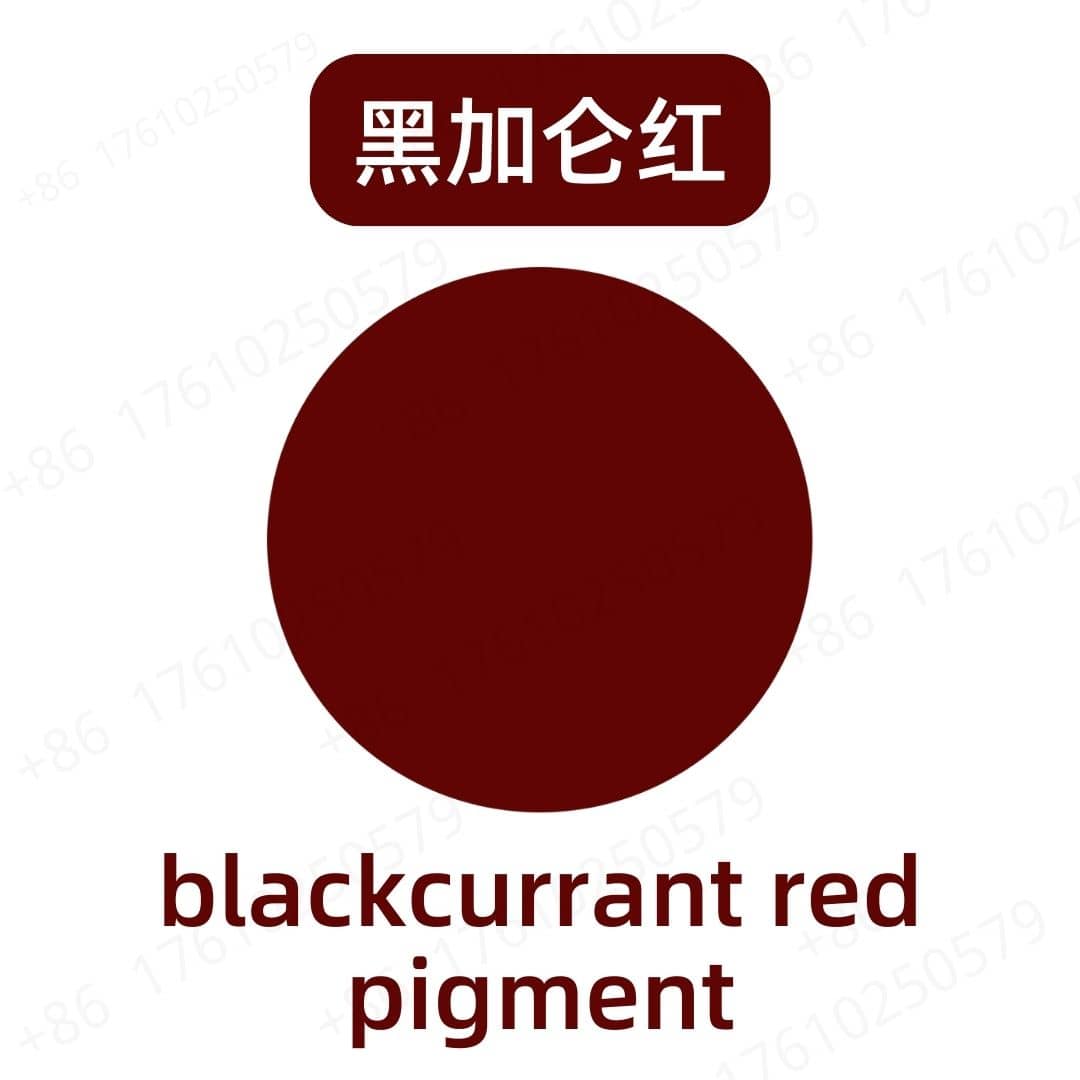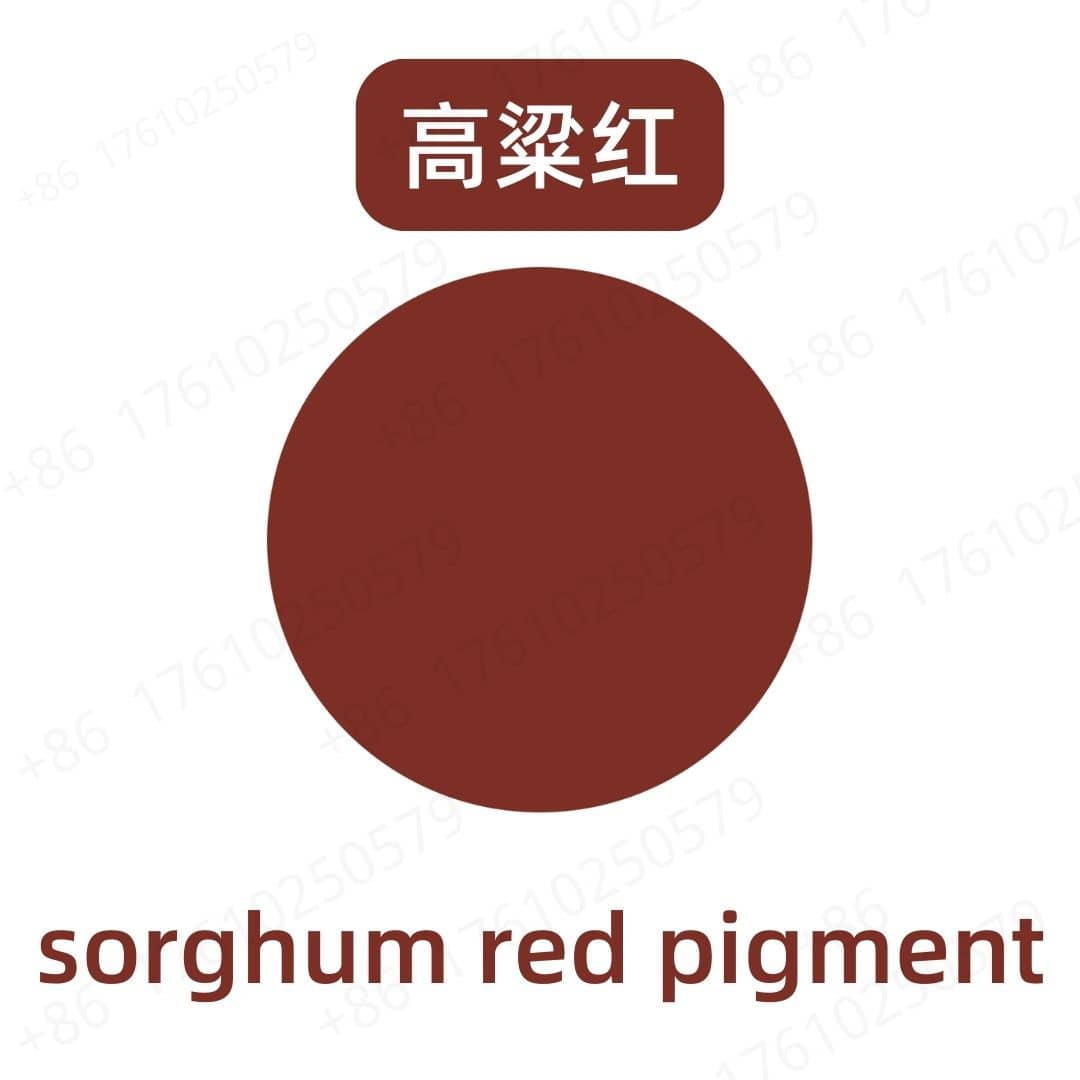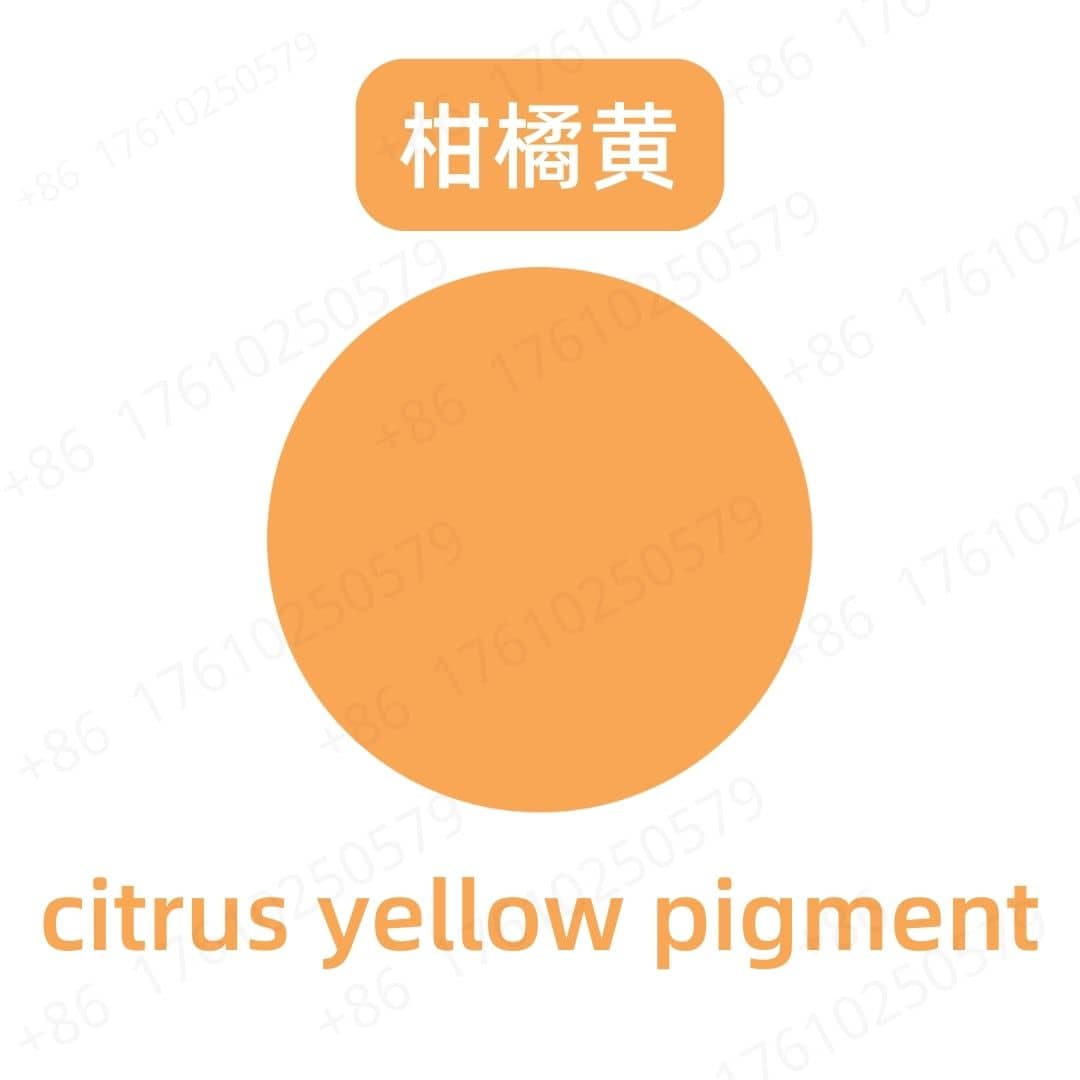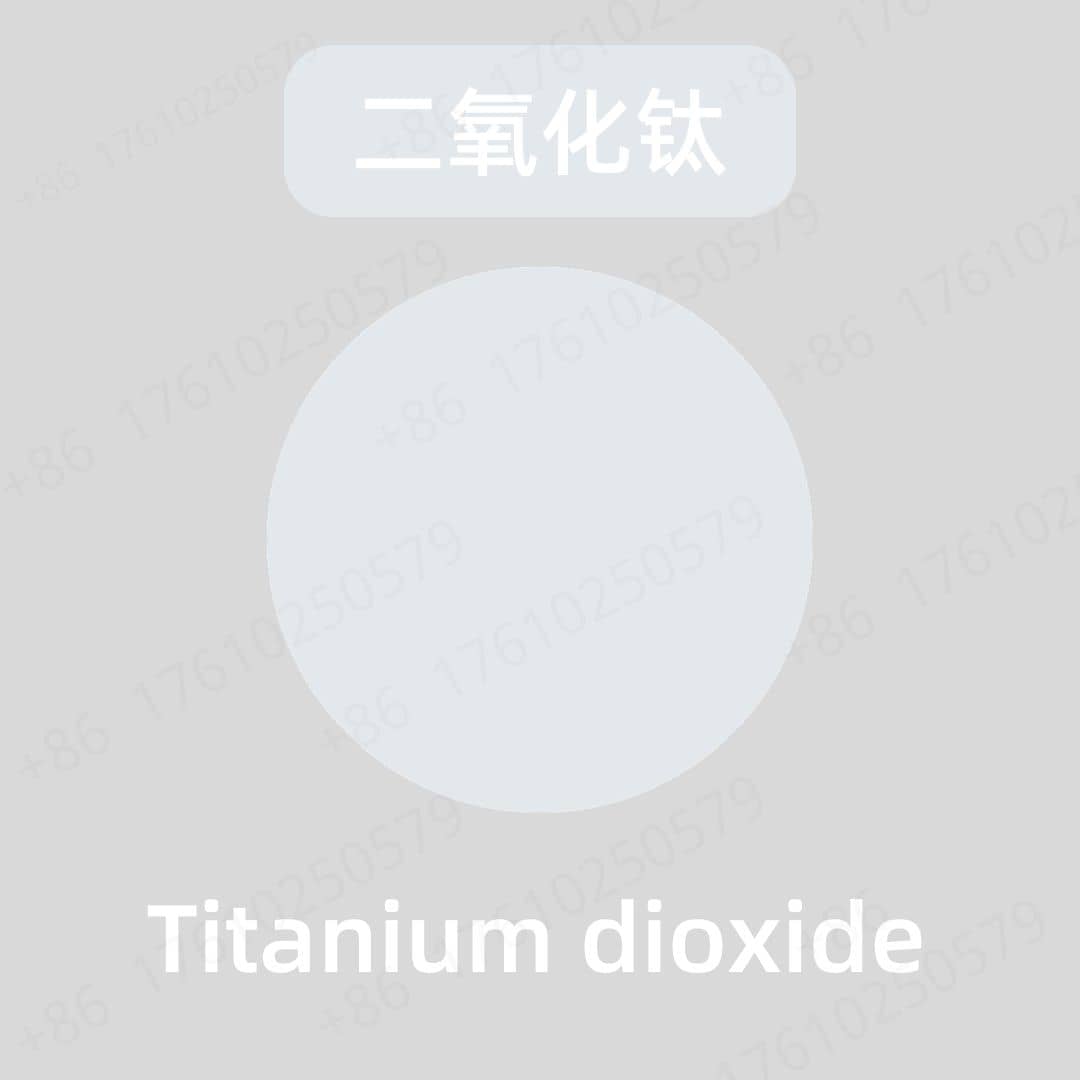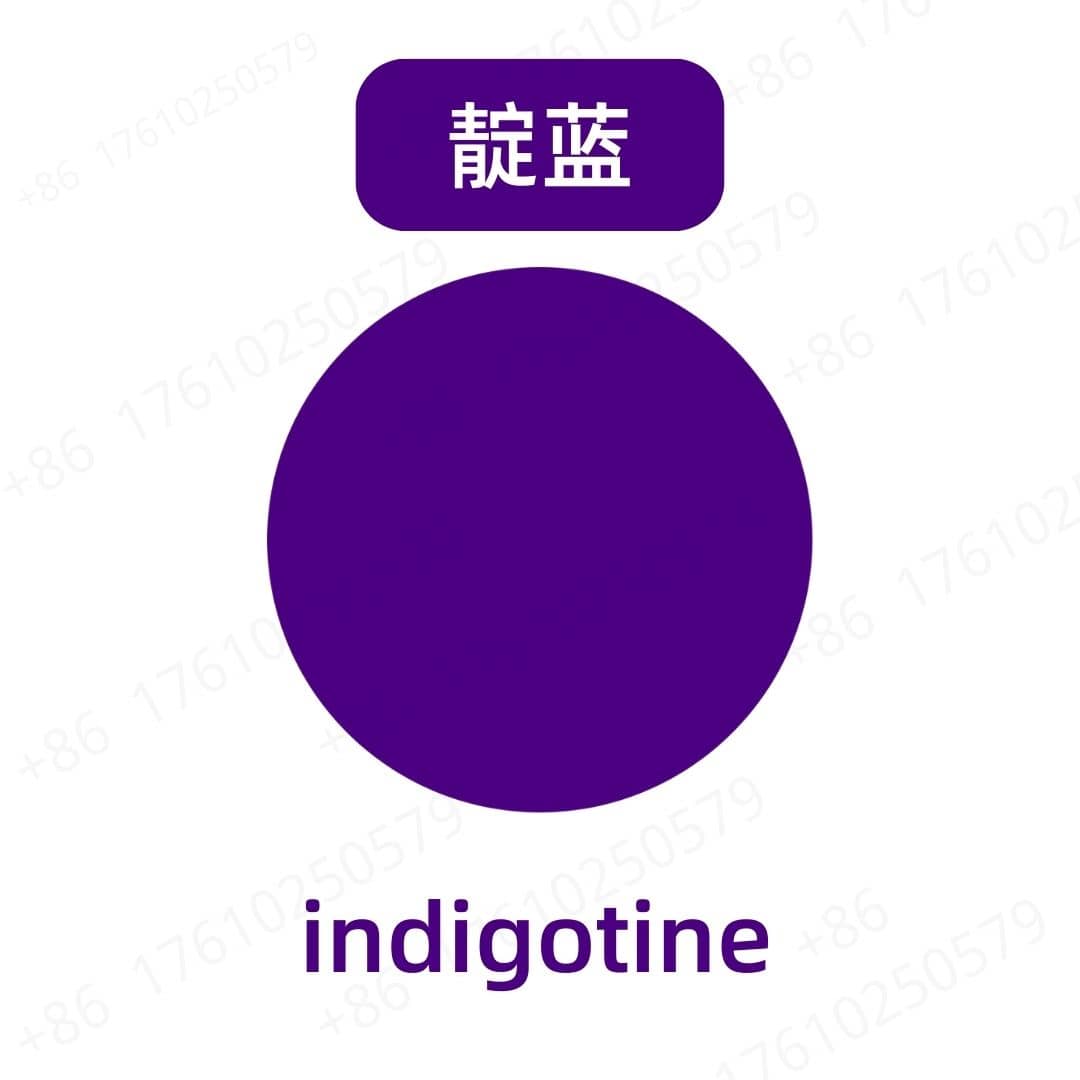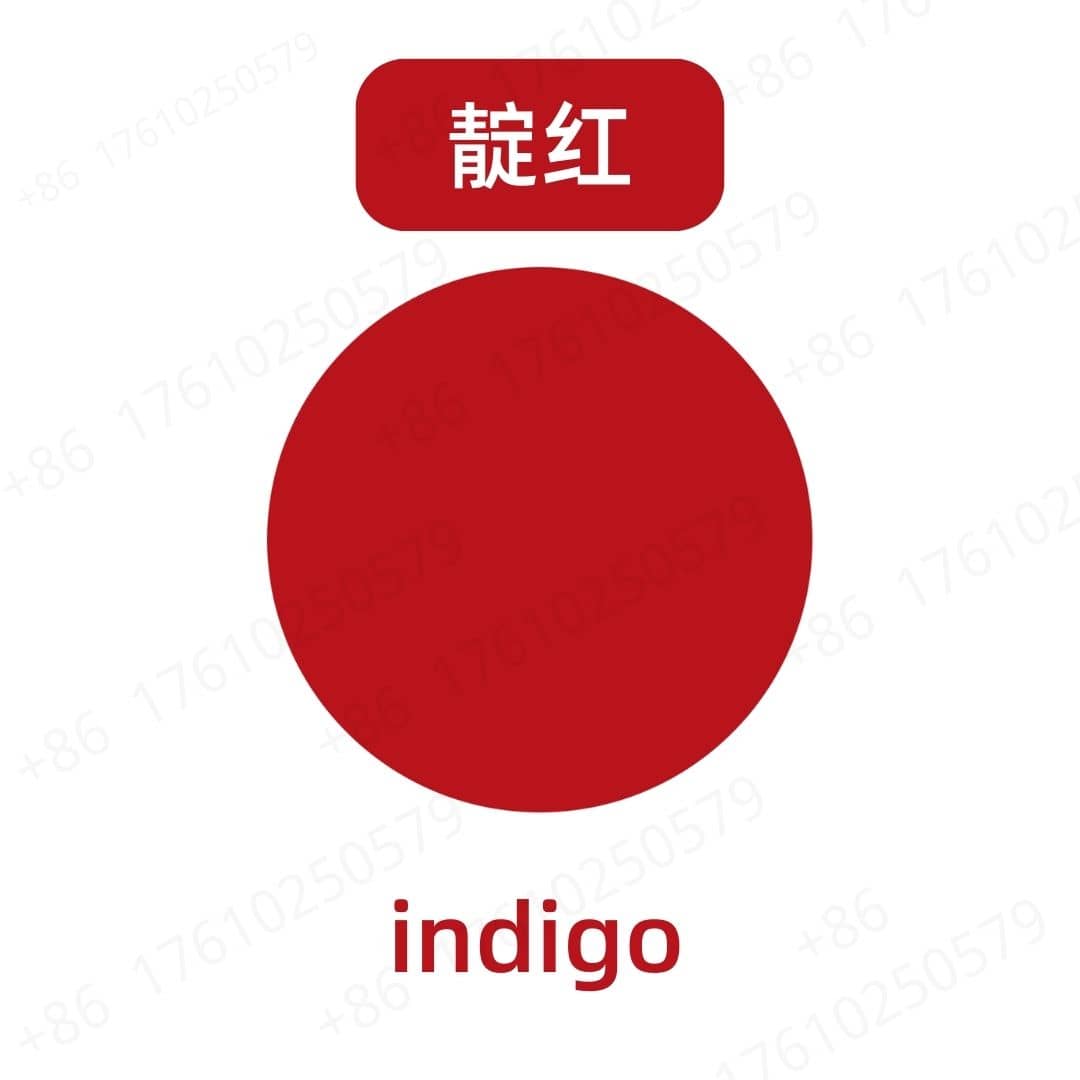Product Introduction
Black bean red pigment is a natural colorant derived from the seed coats, or hulls, of black soybeans. The coloring principles are a group of water-soluble flavonoids known as anthocyanins. The primary anthocyanin compounds responsible for the color in black soybean hulls include cyanidin-3-glucoside, delphinidin-3-glucoside, and petunidin-3-glucoside. A key characteristic of this pigment is its sensitivity to pH. It displays a stable red or cherry-red color in acidic conditions (pH below 4), which transitions to a less stable purplish or bluish hue in neutral or alkaline environments. This property, along with its natural origin, makes it a desirable coloring agent for specific food and beverage applications, particularly those with acidic formulations.
Production Process
The production of black bean red pigment begins with the acquisition of black soybean hulls, which are separated from the beans during processing. These hulls are cleaned and then subjected to an extraction process. This typically involves using a food-grade solvent, such as a slightly acidified water or ethanol solution, to draw the anthocyanin pigments out of the plant material. The acidity of the solvent is controlled to maximize pigment yield and stability.
After the extraction is complete, the solid hull residues are filtered out, leaving a pigment-rich liquid extract. This crude extract then undergoes purification to remove impurities like sugars, proteins, and other colorless compounds. Adsorption resin chromatography is a common method used for this purification and concentration step. The purified liquid concentrate is then typically converted into a powder for better stability and ease of handling. This is achieved through spray drying, where the liquid is atomized into a stream of hot air, causing the water to evaporate rapidly. A carrier agent, such as maltodextrin, is usually added before spray drying to protect the pigment and improve the final powder's flowability.
Application Scenarios
Black bean red pigment is primarily used as a natural colorant in the food and beverage industry, especially where a red hue is desired in acidic products. In the beverage sector, it is an excellent choice for coloring fruit juices, soft drinks, sports drinks, and flavored teas, as their low pH provides a stable environment for the pigment's red color.
In confectionery applications, it is used to color hard candies, gummies, and jellies. Its ability to provide a bright, appealing red shade makes it a good natural substitute for synthetic dyes.
The pigment is also used in dairy products like fruit-flavored yogurts, ice creams, and smoothies. In these near-neutral pH applications, it can impart a purplish or berry-like color, so careful formulation is required to achieve the desired final appearance.
Other uses include coloring for jams, jellies, and fruit preparations for baked goods, where it can enhance the natural color of the fruit ingredients. It is also used in some sauces and dressings that have an acidic base.
Packaging and Storage
【Storage Conditions】Store in a sealed, light-proof container, away from high temperatures, in a dry, cool, and well-ventilated place.
【Packaging】Bulk: 25kg/fiber drum; Sample: 1kg/aluminum foil bag; Custom packaging available upon request.
【Shipping Methods】FedEx, DHL, dedicated logistics, and sea freight consolidation.
【Shelf Life】Two years
Monica Sun possesses extensive technical expertise and market insights in the food additives industry. She excels in designing efficient and safe additive formulations tailored to various food applications, ranging from sweeteners to functional dietary fibers. Monica has successfully assisted food manufacturers in optimizing ingredient combinations to enhance product quality and improve consumer satisfaction.









